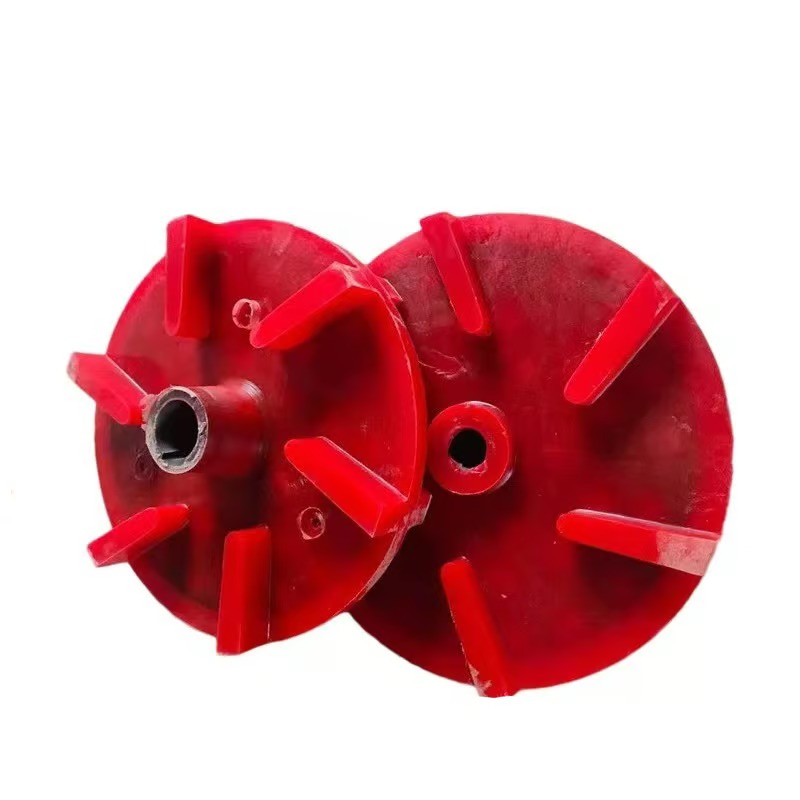Introduction
Polyurethane hydrocyclones are widely used in the oil and gas industry for efficient separation of oil, water, and solids from well fluids. This article explores the various aspects of polyurethane hydrocyclones and their significance in the oil and gas sector.
What is a Polyurethane Hydrocyclone?
A polyurethane hydrocyclone is a device used to separate particles and liquids based on their different densities. It operates on the principle of centrifugal force, where the mixture is fed tangentially into the hydrocyclone, creating a vortex effect. The heavier particles move towards the outer wall and are collected at the bottom, while the lighter liquids move towards the center and exit through an overflow pipe.
The Importance of Polyurethane Hydrocyclones in the Oil and Gas Industry
Polyurethane hydrocyclones play a crucial role in the oil and gas industry for several reasons:
1. Efficient Separation of Oil and Water
The primary function of polyurethane hydrocyclones in the oil and gas sector is to separate oil and water from the well fluids. This separation is essential to ensure the purity of the extracted oil and to comply with environmental regulations. Polyurethane hydrocyclones offer high separation efficiency, enabling the recovery of valuable oil while minimizing water content.
2. Effective Removal of Solids
In addition to separating oil and water, polyurethane hydrocyclones are also efficient in removing solids from the well fluids. Solid particles can cause damage to downstream equipment and reduce the overall efficiency of the oil and gas production process. The use of polyurethane hydrocyclones ensures the removal of these solids, protecting equipment and improving operational efficiency.
3. Compact and Space-Saving Design
Polyurethane hydrocyclones are designed to be compact and space-saving. They can be easily integrated into existing oil and gas production facilities without requiring significant modifications. This compact design allows for efficient use of limited space, making polyurethane hydrocyclones an ideal choice for offshore platforms and remote locations.
4. Resistance to Corrosion and Abrasion
The oil and gas industry operates in harsh environments, where equipment is exposed to corrosive fluids and abrasive particles. Polyurethane hydrocyclones are highly resistant to corrosion and abrasion, ensuring their durability and longevity. This resistance to wear and tear reduces maintenance costs and downtime, contributing to cost-effective operations.
5. Versatility and Customizability
Polyurethane hydrocyclones offer versatility and customizability to meet specific operational requirements. They can be tailored to handle different flow rates, pressures, and particle sizes. This adaptability makes polyurethane hydrocyclones suitable for a wide range of oil and gas applications, including drilling mud separation, produced water treatment, and sand removal.
Conclusion
Polyurethane hydrocyclones are essential equipment in the oil and gas industry for efficient separation of oil, water, and solids. Their ability to perform high-quality separation, compact design, corrosion resistance, and versatility make them indispensable in oil and gas production processes. By utilizing polyurethane hydrocyclones, operators can improve the purity of extracted oil, protect downstream equipment, and optimize overall operational efficiency.

